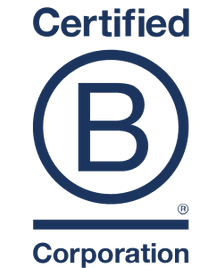If you’re experiencing coffee that is regularly too bitter or too sour for your liking, there are many different variables in the brewing of your coffee that you can adjust to dial in your perfect cup.
Hi, my name is Dale and I’m the Brewed Product Lead here at Pablo and Rusty’s. When you’re starting out or looking to level up your coffee game, I know all too well how overwhelming the different variables can be. Making great coffee is an exploration of balance and I’m here to help explain a few metaphorical (and physical!) dials you can tweak to ensure your cup is as tasty as you deserve.
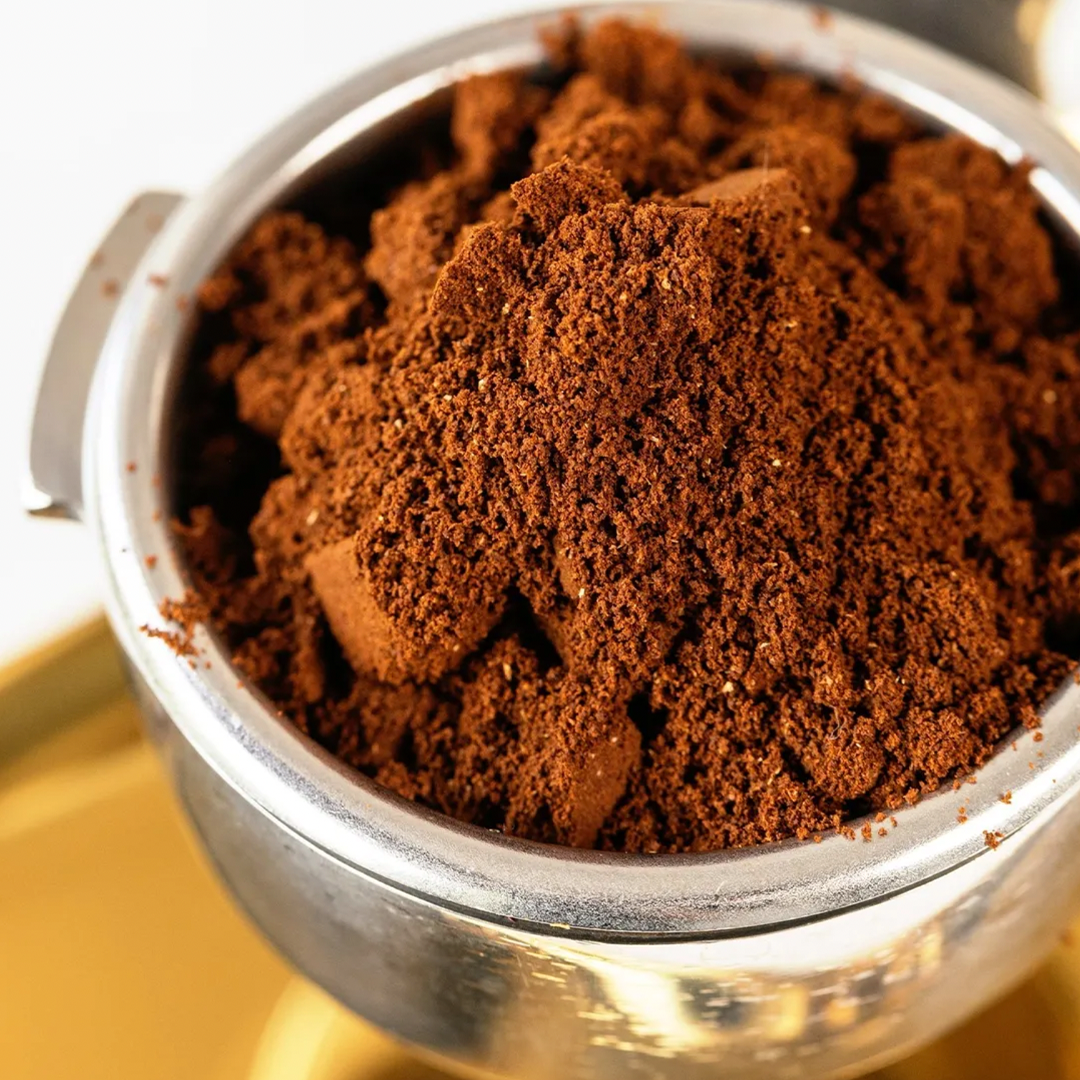
Grind Size
The easiest variable to address first is your grind size. If your coffee grounds are too fine there will be more surface area for the brewing water to extract soluble components from the coffee; this can lead to bitterness and ‘over-extraction’.
Similarly, if your coffee is too coarse this will limit your extraction and you won’t be pulling out all of the deliciousness from the grounds and into your cup. An ‘under-extracted’ brew from the grounds being too coarse will result in a more sour taste and thinner texture.
So there is a sweet spot in terms of grind size, however this varies depending on the environment and tools with which you are brewing. So if your coffee is too bitter, try coarsening the grinds; and if it’s too sour try grinding finer. This will be specific to your set-up, so experiment with some different settings and dial into the coffee that tastes best to you. To read more about this, please go to our article Why is my coffee too bitter?
This grind adjustment applies to all brewing methods on all coffee tools. Filter to espresso and everything in between will all respond by extracting higher and leading to more bitterness as the grinds get finer. Pretty much universally, grinding courser can lower the extraction, leading to a smoother cup if the coffee was too bitter.
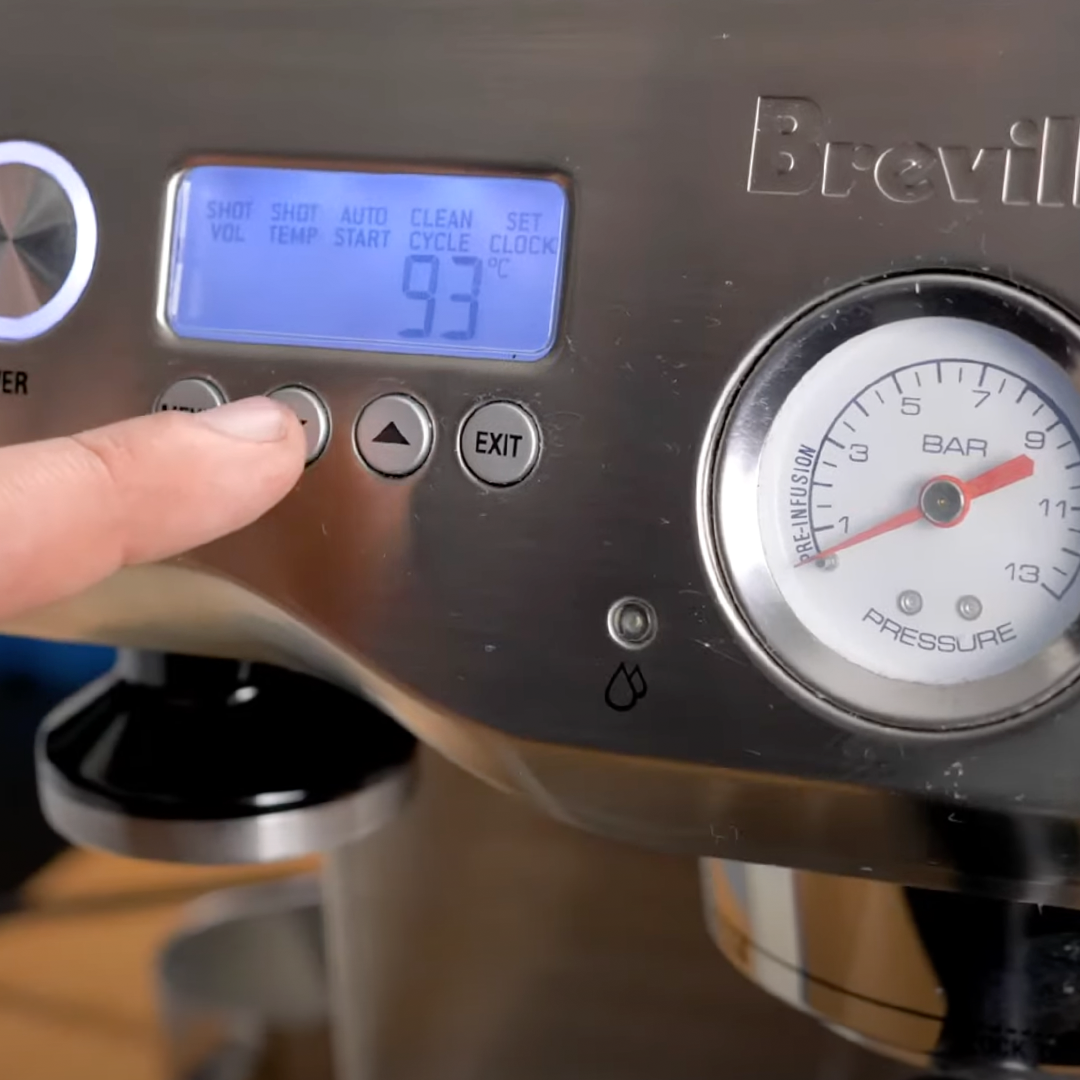
Time factor
Another factor to consider in coffee brewing and targeting specific extractions is time. Longer brewing times equals more contact time between the water and the coffee grounds, which means more time to extract the solubles and therefore, a higher extraction overall.
Likewise, shorter brewing times will lower the extraction and likely reduce bitterness and increase acidity. This is because during a shorter brewing process, there is less contact time, and thus less time for the water to pull the soluble flavour compounds from the coffee grounds. In the process of extraction, the sour-tasting soluble components are drawn out before the bitter compounds; which is why a shorter and/or under-extracted brew is generally sour, while an extended or more extracted brew is more bitter.
Pebbles and sand
The above two concepts of grind size and time are also intrinsically linked and affect each other should one be changed.
A way I like to visualise the process is to imagine two clear pour over cones, one full of pebbles and the other full of sand (this is an experiment you can run yourself if you feel like it too!).
If you were to pour water over these, which one would drain through first?
Running the experiment, it’s clearly the pebbles that will drain much quicker than the sand. This is an illustration for coarse and fine grinds.
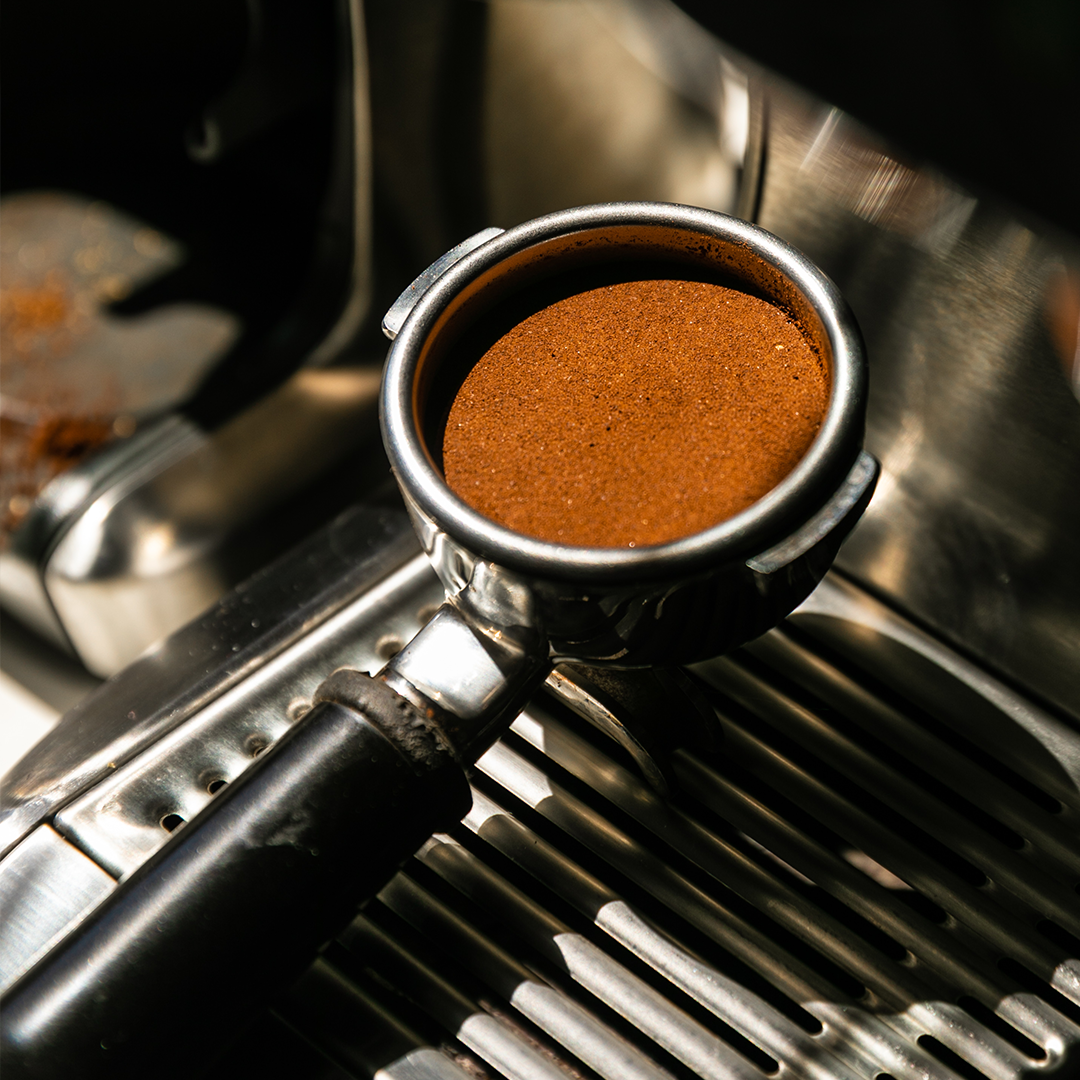
So with coarse grinds, not only are the individual pieces larger and thus harder for the water to penetrate and extract efficiently or evenly, but also there is more space around the pieces where the water will flow faster without resistance. These factors lead to coarser grinds reducing overall extraction.
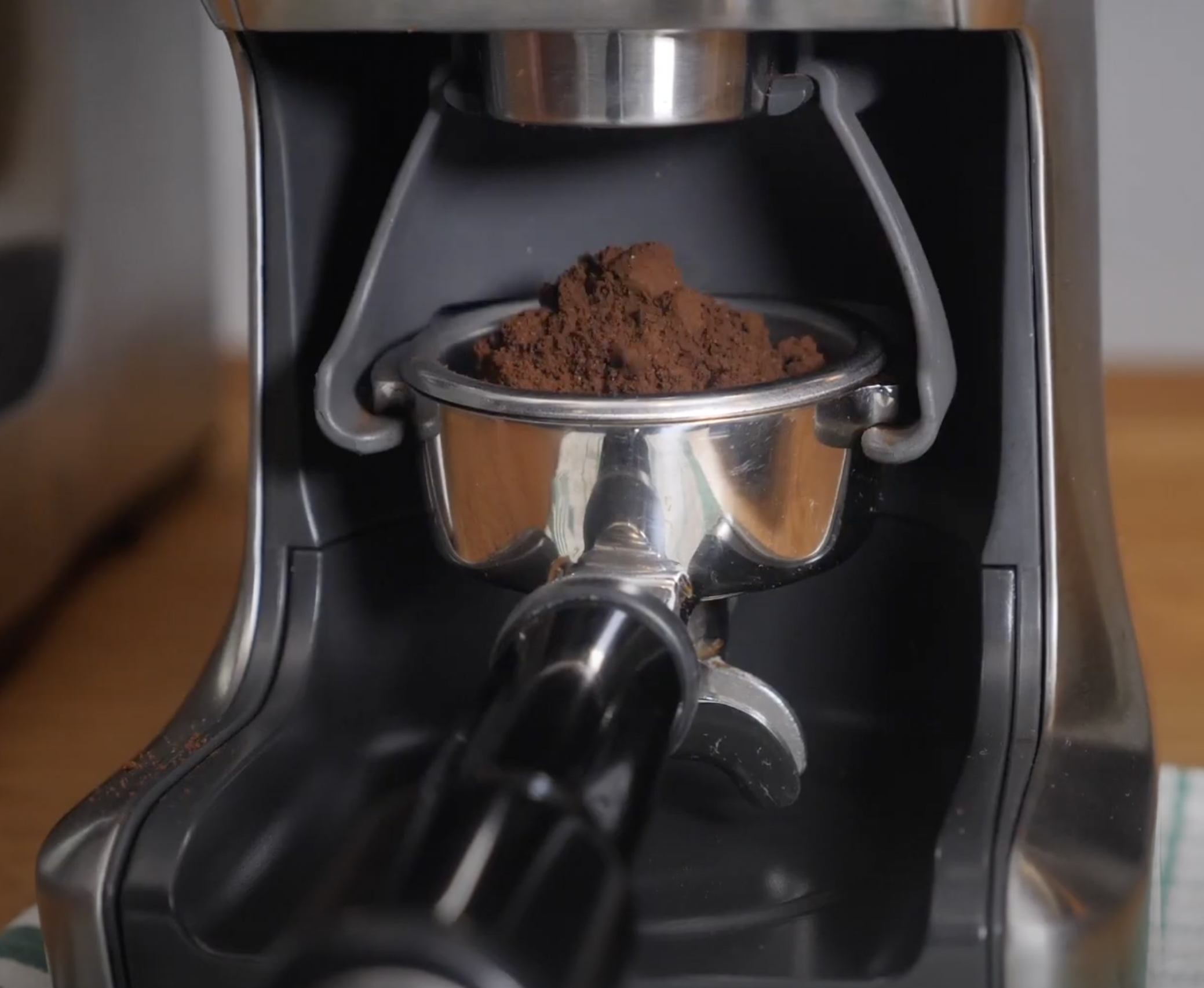
And similarly, finer grinds, like the sand will make the water flow more slowly, increasing contact time and thus brew time. This coupled with the fact that the smaller grinds are easier for the water to penetrate and extract, means the overall brew is longer and more extracted.
So changing the grind size will change the brew time and there is definitely an optimal balance of the two for your preferences and equipment.
-v1725334768925.jpg)
A few other factors to consider
Water - makes up 98% of your beverage by weight, so it’s very important in all of your brews. It’s unavoidable that;
Bad water = bad coffee
Ensure you use filtered water for better results and as with most things, better raw ingredients make for a better end product.
Especially in coffee, a high quality specialty coffee like these are essential, but so too is the other 98% of the cup, so don’t waste the coffee and make sure you’re using a tasty filtered water.
Temperature - Aim for 90 - 95 degrees (celsius) water. As a general rule, anything hotter can lead towards over-extraction and anything cooler can lead to under-extraction. Again, there is a sweet spot you can play around with and dial into your own taste.
Cleanliness - Keep everything clean!
Bits of old coffee and water in the nooks and crannies of a machine and workspace can go rancid over time and take away from the high-quality coffee you’re trying to enjoy!
Just take an extra minute to wipe everything down and keep everything as clean as you can, this will help keep your coffees as high quality as you deserve!
Regular maintenance on your brewer, whatever it is, will help keep everything as fresh as the first brew you made with it.
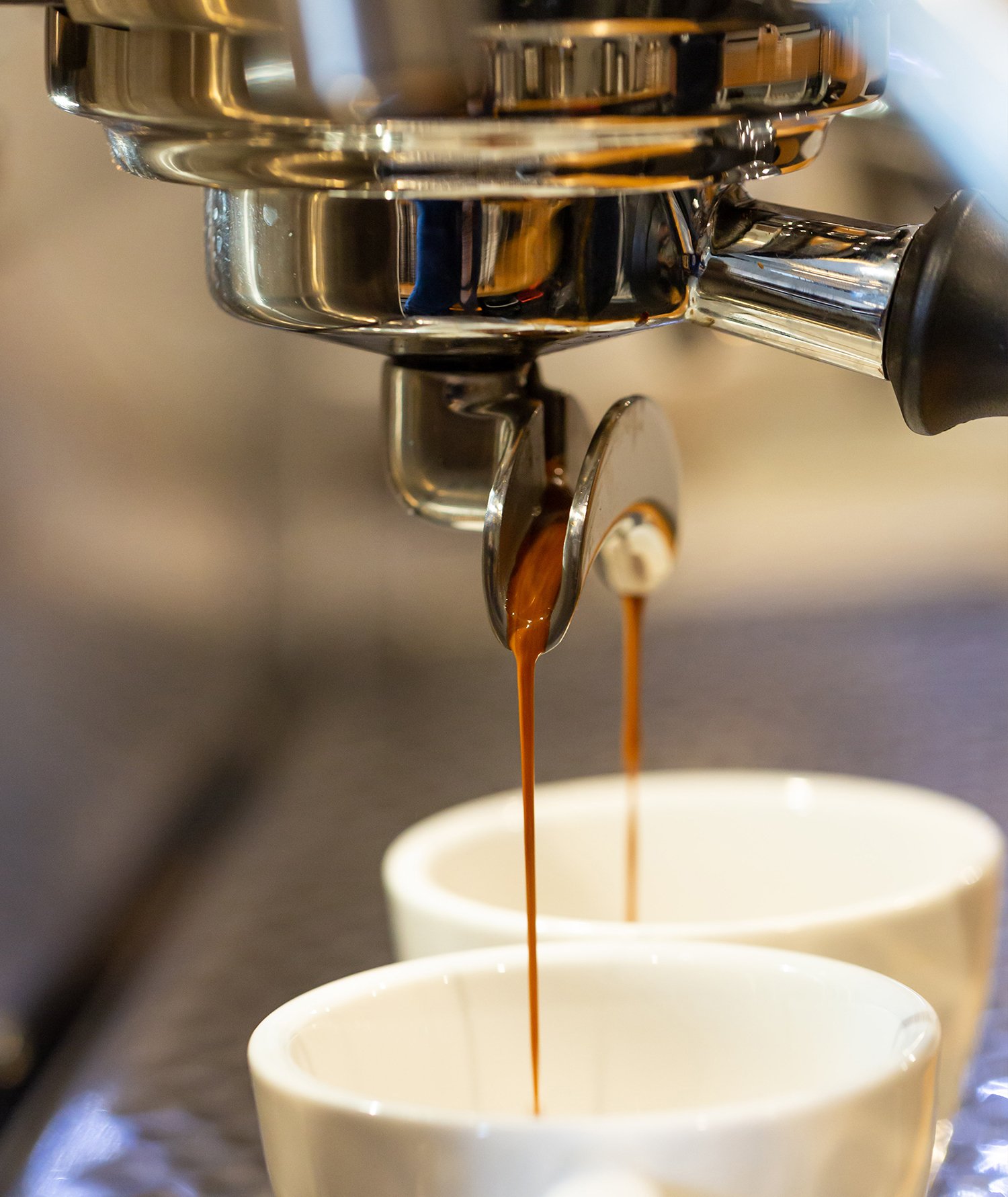
In conclusion
Everything is a balancing act in making the perfect cup of coffee. Getting the basics consistent, like water, temperature and cleanliness, will allow you to adjust the other aspects of your brew to get it just right.
Dialling in the grind size to ensure an even extraction, in a brew time that suits your equipment will bring balance and harmony to your cup, ensuring you can enjoy a great coffee that you’re proud of.

